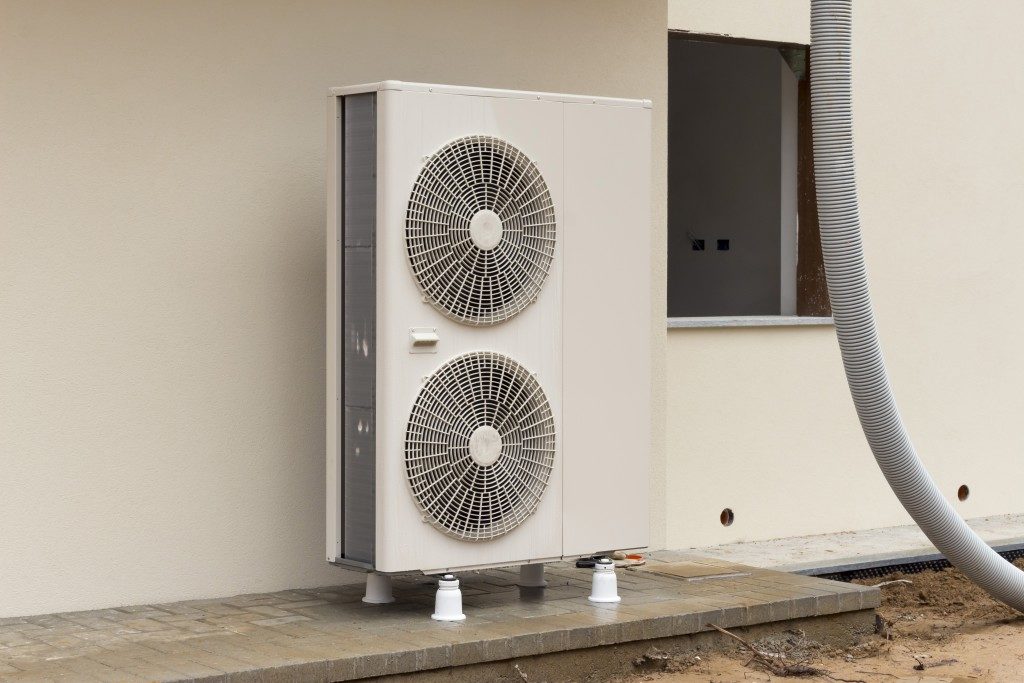The best time to protect your home from the cold is during fall, right before winter arrives. Preparing your home before the temperature drops helps you save up for utilities and emergency repairs that you may have to deal with later. Waiting for winter might result in early clogging of your gutters and freezing of your pipes. On that note, here’s a list of the things you need to check in your home before winter comes.
Check your home’s heating and cooling system
Checking your home’s heating and cooling system should be at the top of your list. Your heating and cooling system is primarily responsible for keeping you comfortable and your house warm during freezing cold days and freezing nights.
Make sure your radiator space heaters are fully functional. Check your HVAC systems and see if anything is out of the ordinary. Also check if your furnace, heat pump, and air conditioning systems are clean.
Your systems should achieve manufacturer-rated efficiency. The inspection should also cover any instances of carbon-monoxide leakage. Conducting routine inspections on your home’s heating and cooling system ensures these works properly when you need them. It also saves you from rush expenses and emergency repairs.
Protect your plumbing system
The pipes and plumbing in your home are among the most vulnerable during cold weather. To avoid frozen pipes, turn off water flow to your outdoor pipes or lessen their use. There shouldn’t be any kind of liquid flowing through those pipes to prevent their freezing and eventual breakage. Before winter comes and snow coats your backyard, shut down and drain all outdoor faucets and pipe network.
If your outdoor pipes pass through non-insulated areas like the side of your basement and the garage, consider insulating these pipes to prevent them from freezing. Spending on insulating your outdoor pipes costs significantly less than repairing broken ones in winter.
Check your drainage and clean your gutters
One of the most important things you need to check is your drainage and the foundation surrounding your house. Make sure the foundation hasn’t settled to allow water to pool at the bottom.
This is detrimental to the foundation of your home as stagnant water can seep into the wood and even cement. Saturated soil and a weakened foundation can seriously result in disastrous consequences once the ice thaws after winter.
After fall, leaves and twigs crowd your gutters and prevent water from flowing down the pipes at the side of your house. This blockage causes rainwater and eventually, snow, to overflow. The water runs down your home and may deteriorate your exterior.
The worst that could happen is that this water would run straight to the basement, settling under the concrete and causing not only water damage but health problems associated with mold build up as well. To prevent this from happening, do a regular sweep of your gutters and avoid buildup.
Check and seal the gaps in your doors, windows, and ceilings

Combat the freezing air during winter by sealing any loose ends on your doors, windows, ceilings, and walls. Apply sealants to prevent water, snow, and cold air from seeping into your home and unnecessarily making your heater work twice as hard.
Winter brings about extreme changes in the weather that your home might not be prepared to deal with without adequate maintenance. Before winter arrives, take care of your home so you don’t have to deal with your utilities breaking down from frozen pipes and overworked heaters.

